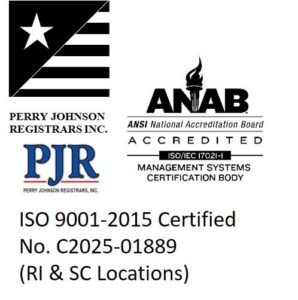Orcocilacron™ Disperse Dye Storage, Handling, and Preparation
Storage
Orcocilacron™ disperse dyes should be kept in a dry area and elevated so container is not in direct contact with the cold ground which may cause condensation and eventual caking of the dye. Each drum of dye should be spaced far enough away from each other to prevent cross-contamination when drum lids are removed and the dye is transferred. All dyes should be stored in a separate room from chemicals to avoid contamination from air-borne dye dust. Drum lids should be replaced immediately and sealed to prevent cross-contamination and minimize moisture buildup. Utensils used to remove the dye from the drum should be perfectly clean of any dirt, chemicals, or other dye.
Handling
As with any dye or fine-particle material, the proper NIOSH-approved respiratory mask should be used when handling dyes. Operator should review Safety Data Sheet(SDS) and wear proper protective clothing allowing no direct skin contact.
Preparation
Orcocilacron™ disperse dyes are particles of inert dye coated with a special dispersant. This special coating releases the dye particle at a certain temperature. Because of this it is important when preparing these dyes for the dyebath, that the temperature of water used to paste the dye does not exceed 140°F(60°C). The powder dye is slowly added to a container with soft water at 110°F(43°C) with some agitation. The weight ratio of water to dye should be a minimum of 15. Never boil or directly add steam to the dye/water solution. When the dye is confirmed to be completely dispersed into the water, agitate with a mixer and dilute with water at 140°F(60°C). Before adding to the dyebath, the dye solution should first be passed through a fine-meshed screen.
Shelf Life
The shelf-life of Orcocilacron™ disperse dyes in a sealed container is estimated at 5-8 years for powders and 1 year for liquids when stored in a cool, dry, and dark environment.




